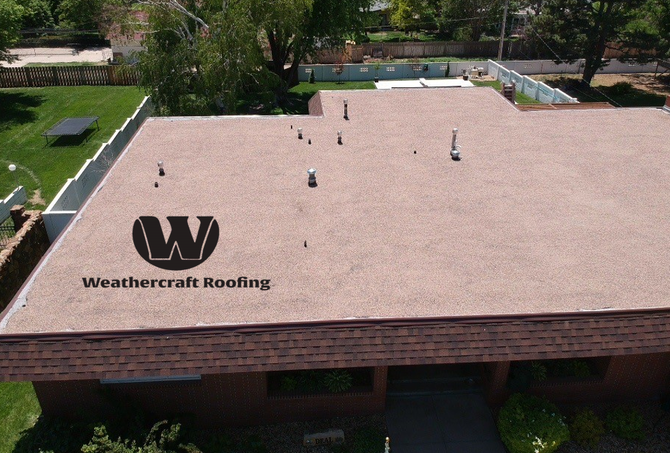Flat roofs have gained popularity in recent years for commercial properties due to their numerous advantages, such as cost savings, low-maintenance needs, and versatility. This article highlights why flat roofs are a smart investment for your commercial building, offering long-term savings and functionality.
Why Flat Roofs Are Beneficial for Commercial Properties
Flat roofs offer significant advantages for commercial buildings, including easier installation. Since they are quicker to install than pitched roofs, flat roofs help reduce labor costs and installation time, making them a practical and efficient choice for commercial properties.
Another major benefit of flat roofs is their ability to maximize available space. The flat surface can be utilized for purposes like placing HVAC systems, solar panels, or even developing rooftop gardens. This is especially valuable for commercial buildings in crowded urban environments.
Materials Used in Flat Roofing: EPDM, TPO, and PVC
Flat roofs are made from a range of materials, each offering specific advantages. The most popular materials for commercial flat roofing are as follows:
EPDM Roofing: Durability and Weather Resistance
EPDM (Ethylene Propylene Diene Monomer) is a synthetic rubber that excels in durability and weather resistance. It’s ideal for flat roofs in both hot and cold climates due to its ability to withstand extreme weather. EPDM is easy to install, and its low-maintenance nature ensures long-term protection against leaks.

TPO Roofing: Reflective and Durable
TPO is a reflective material that boosts energy efficiency by reducing heat absorption. It’s ideal for areas with strong sun exposure due to its UV and ozone resistance. TPO also offers great puncture resistance and is durable in extreme weather.
PVC Roofing: Durable and Resistant
PVC (Polyvinyl Chloride) is a highly durable material that resists water, fire, and chemicals. Known for its long lifespan, PVC is ideal for high-traffic areas due to its resistance to wear and tear. PVC offers excellent protection for flat roofs in harsh conditions and with heavy use.
Maintenance Tips for Flat Roofing Longevity
Flat roofs are sturdy but need regular maintenance to last longer. Below are some key maintenance tips to help you keep your commercial flat roof in top condition:
- Make sure to inspect your roof frequently for debris that could clog drainage systems, such as leaves or branches.
- Keep gutters and downspouts clear of blockages to avoid water accumulation.
- Arrange for yearly roof inspections with a qualified roofing professional to detect any wear and tear.
- Address any necessary repairs quickly to prevent further damage, particularly if there are cracks or punctures.
Cost-Effectiveness of Flat Roofs Over Time
Flat roofs provide excellent value over time. Their lower initial installation costs and easier maintenance can save you money in the long run. The simplicity of inspections and repairs helps reduce ongoing expenses.
The flat roof offers the opportunity to use the space for energy-saving purposes, such as adding solar panels or HVAC systems. This can reduce energy costs, and flat roofs often help improve insulation, lowering heating and cooling expenses.
Choosing the Right Flat Roof for Your Commercial Property
Flat roofs provide numerous benefits for commercial buildings, from cost savings and ease of maintenance to versatility. Proper material selection and maintenance will ensure your flat roof remains functional and valuable for many years. Work with a knowledgeable contractor to ensure the right choice for your business.
Looking for expert advice on flat roofing? Reach out today for a consultation, and let us help you find the perfect flat roofing solution for your commercial property!
#FlatRoofing #CommercialRoofing #RoofInstallation #EPDM #TPO #PVC #RoofMaintenance #EnergyEfficiency #BusinessRoofing